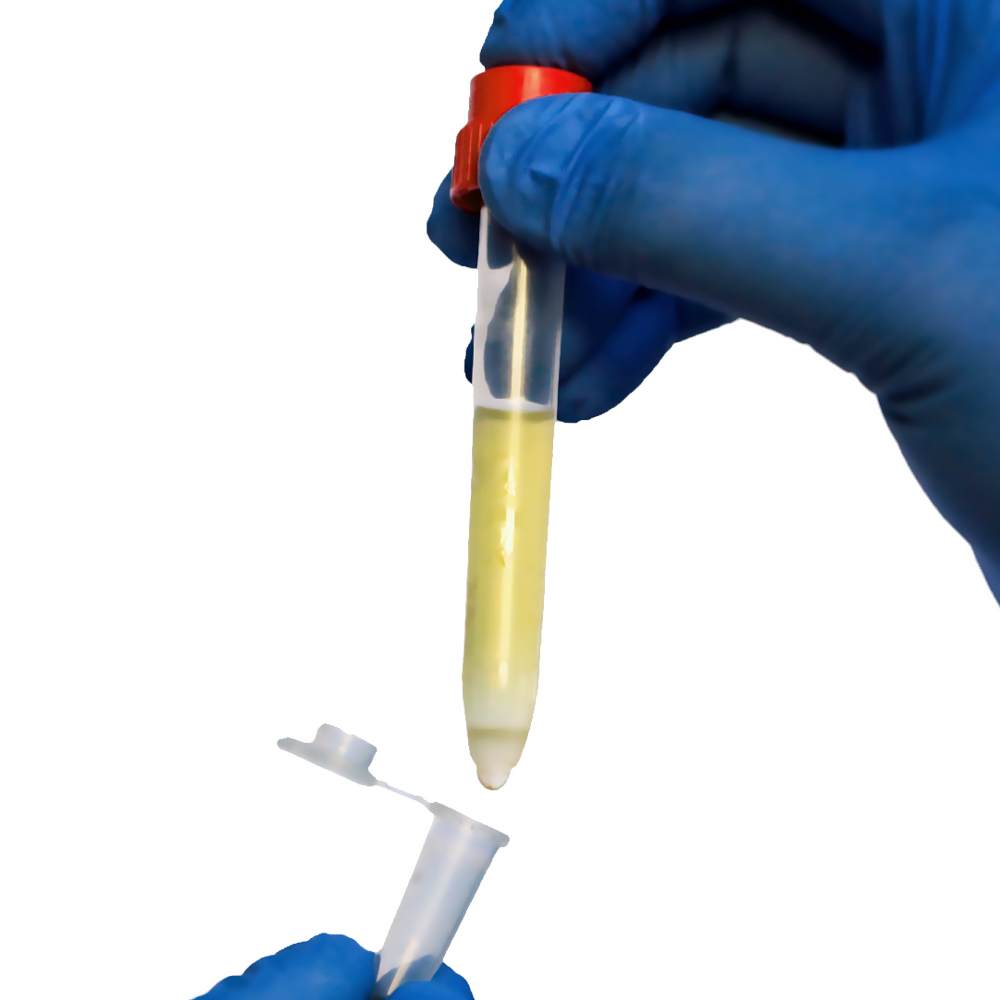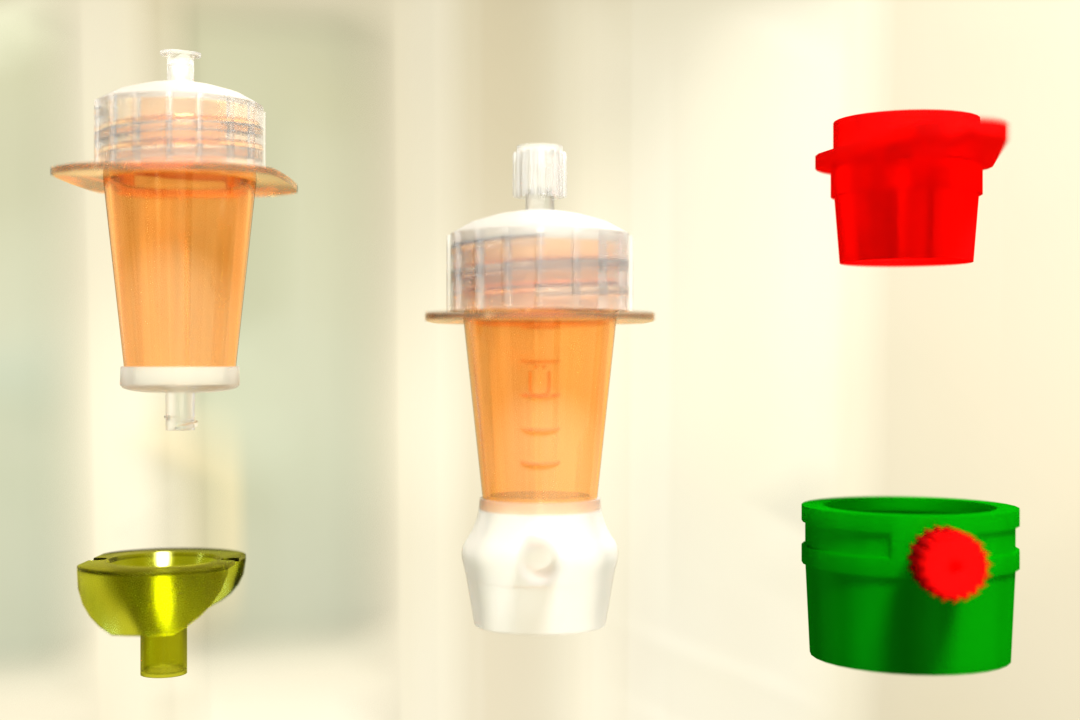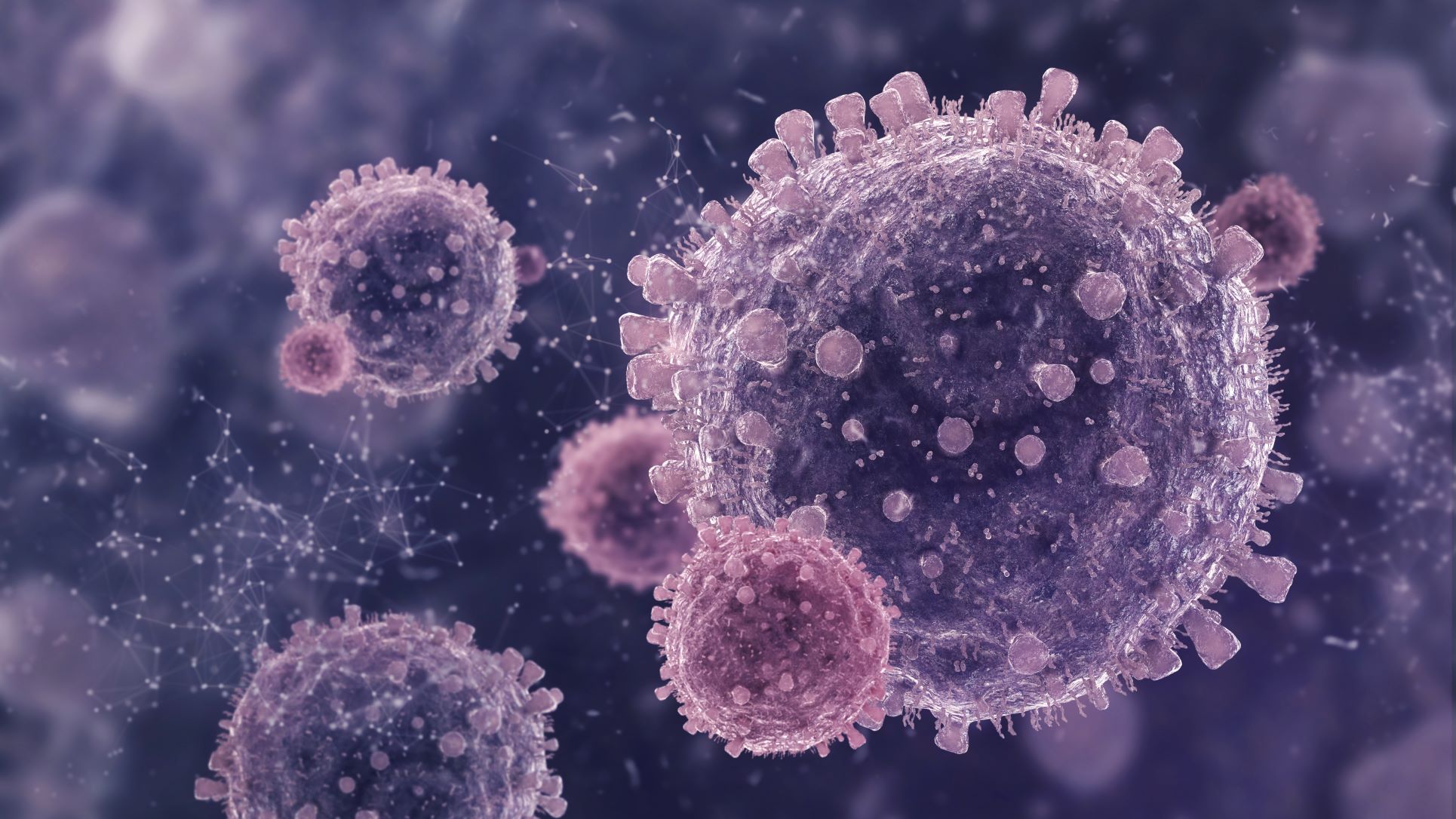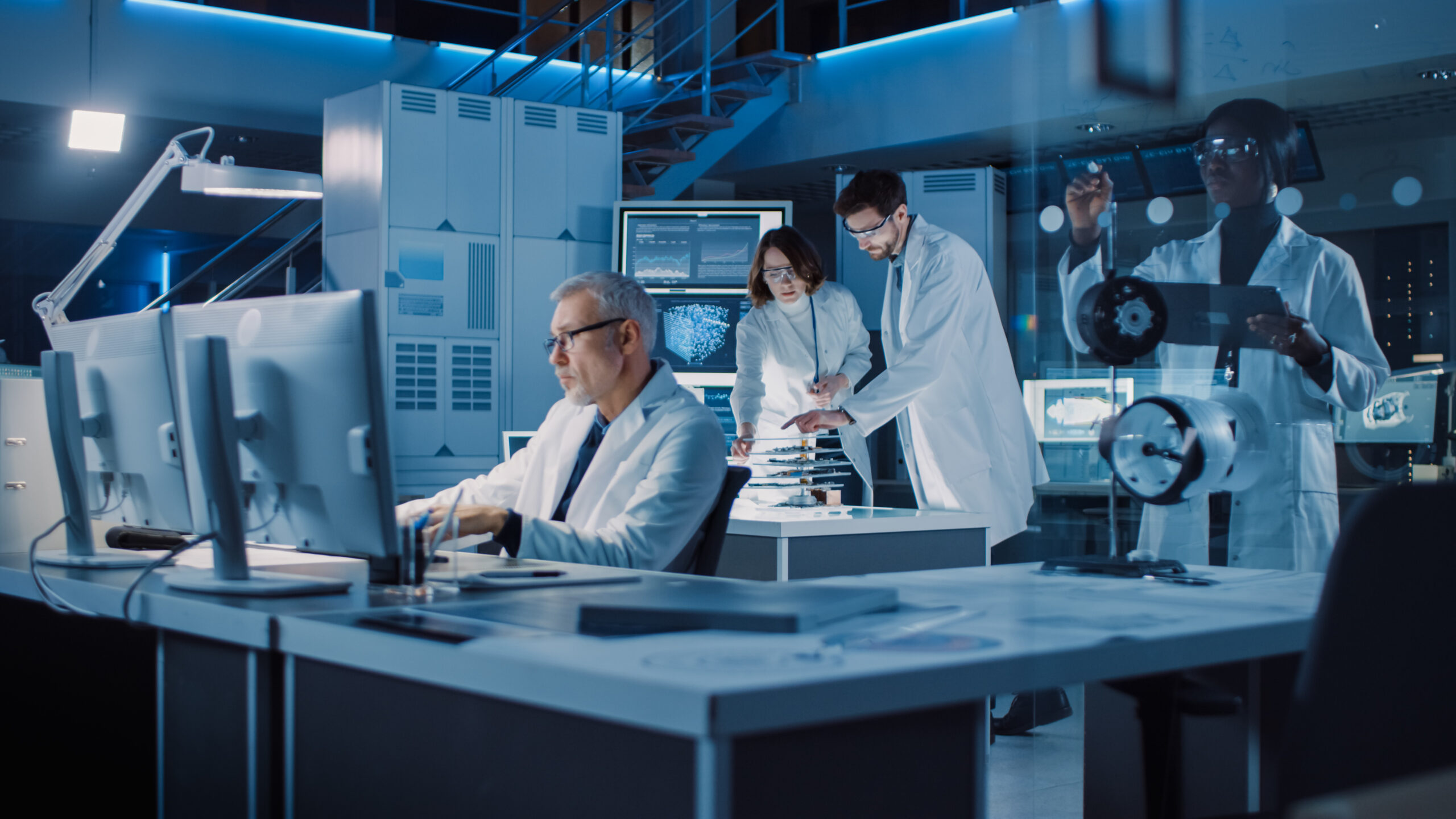Several methods are available for the separation of cells, such as magnetic antibody cell separation, cell separation by density gradient centrifugation, and cell separation by centrifugation. However, the inline strainer technique is a reliable and efficient way to separate cells and is widely used in the industry. In this blog, we will discuss cell separation using inline strainers and how they work.
What Is An Inline Strainer?
An in-line strainer is a type of filter that removes impurities from liquids in a pipeline. It is typically installed in the pipeline and filters the liquid as it flows through it. An in-line strainer consists of a mesh that filters out the impurities from the liquid. The size of the mesh is critical to ensure that only the desired particles are removed, while the rest of the liquid passes through.
How Does Inline Strainer Work For Cell Separation?
In-line strainers are also used for cell separation by creating an in-line strainer fence. The cells are passed through the in-line strainer, and the cells are separated based on their size. The cells that are smaller than the mesh size passes through the strainer, while the cells that are larger are retained on the mesh. The retained cells can be collected and used for further experiments.
Antibody Cell Separation Using In-Line Strainer
Antibody cell separations are a popular method for separating cells based on their surface antigens. In this method, cells are labeled with antibodies that recognize specific surface antigens. The cells are then passed through the in-line strainer, which separates the cells based on their size and the presence of the labeled antibody.
Advantages Of Using In-Line Strainer For Cell Separation
- In-line strainers are simple to use and require minimal setup time.
- They can handle large volumes of liquid, making them suitable for industrial applications.
- In-line strainers are cost-effective compared to other cell separation methods.
- They do not require any special equipment, such as centrifuges, which can be expensive.
Applications Of In-Line Strainer
- Filtration of large sample volume
- Cascade filtration
- Size-fractionation of particles
- Removal of smaller impurities
- The concentration of rare particles from large volumes
- Cartridge for affinity chromatography gels
PluriStrainer
The PluriStrainer is a tool used to obtain pure single-cell suspensions or remove clumps of cells. It is highly regarded as a top Lab Cell Strainer. When combined with a Connector Ring (41-50000-03), it can be utilized for filtration at low pressure, and its unique design allows for better airflow to prevent blockages.
Applications Of PluriStrainer
PluriStrainer
Plug the pluriStrainer onto a 50 mL tube. Place your sample material on top. Just a part of your sample substance will undergo processing. To facilitate the straining of coarse sample material while retracting the plunger, a syringe can be inserted into the Connector Ring to apply low pressure.
Stacked pluriStrainer
PluriStrainers, known as the best laboratory cell strainers, are available with multiple mesh sizes that can be arranged in a stack to filter various cell sizes concurrently.
Reversed pluriStrainer
Take out the pluriStrainer and flip it over onto another 50 ml tube. Then, flush the sample back into the pluriStrainer to obtain the larger fraction.
PluriStrainer with Connector Ring
To physically separate tissues such as the brain or spleen, you can regulate the flow rate by opening and closing the Luer-Lock when using the PluriStrainer with Connector Ring. Opening the Luer-Lock will allow the test material to flow through.
PluriStrainer with Funnel
To use the PluriStrainer with Funnel (42-50000-03), insert a funnel and add up to 24 mL of sample material.
Connector Ring, PluriStrainer, and Syringe
As you pull the piston, you can apply low pressure with a syringe attached to the Connector Ring to help strain the abrasive sample material.
Specifications of PluriStrainer
- Mesh Size: 1 – 500 μm
- Mesh Material: PET
- Mesh Type: Woven
- Housing Material: LD-PE (Low-Density Polyethylene)
- Sterility: Gamma Ray Sterilized
Key features of PluriStrainer
- Materials with mesh sizes ranging from 1 to 500 m can be easily sieved.
- To obtain the larger fraction, reverse the process.
- Targets of various sizes may be stacked.
- A funnel is needed for larger sample volumes.
- Ring Connector for Flow Control
- Low pressure is employed to assist sieving.
What is PluriMate?
PluriMate helps to isolate leukocytes and platelets. It works through a density gradient centrifugation process using a specialized tube. The unique feature of PluriMate is the porous sponge at the bottom of the tube, made from high-quality polyurethane. This sponge acts as a barrier that eliminates the need to overlay the sample, which saves time and effort.
Conclusion
Cell separation is an essential technique used in modern biology. The in-line strainer technique is a reliable and efficient way to separate cells, and it is widely used in the industry. If you are interested in using cell strainers in your research, consider exploring the products and services offered by uberstrainer, a leading company in providing the best lab cell strainers.
Reference:
NCBI
BU EDU
 English
English French
French
 German
German
 Spanish
Spanish
 Belgium
Belgium
 Italian
Italian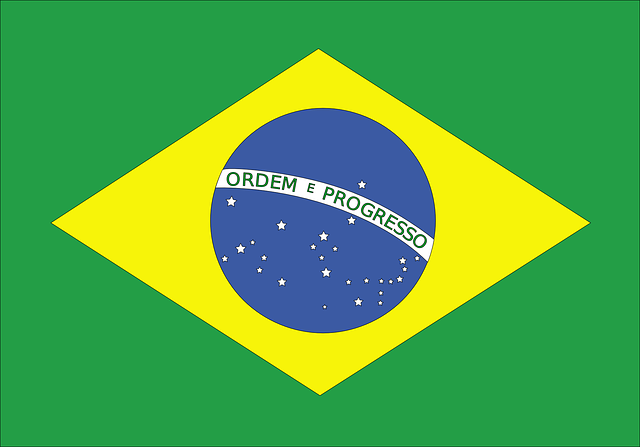 Brazil
Brazil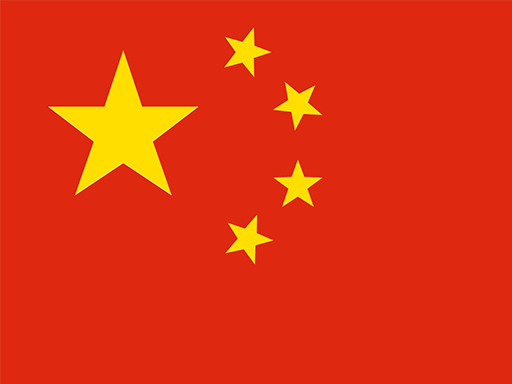 Chinese Mandarin
Chinese Mandarin
